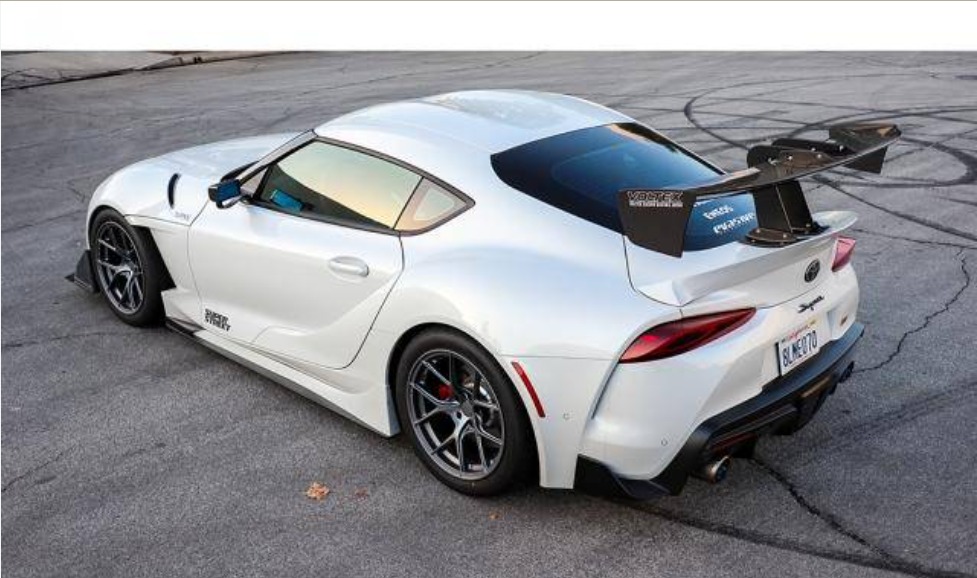Introduction:
Electric Vehicle (EV) innovation has experienced a noteworthy advancement after a long time, transitioning from insignificant models to standard transportation arrangements. With progressions in battery innovation, electric engines, and control hardware, EVs offer unparalleled execution and productivity. In any case, for devotees looking to thrust the boundaries of electric versatility, conventional concepts of car tuning have been supplanted by a modern wilderness: EVS tuning.
What is EVS Tuning?
EVS tuning, brief for Electric Vehicle Frameworks tuning, envelops the optimization of different components inside an electric vehicle to improve its execution, proficiency, and by and large driving encounter. Not like the other conventional inner combustion motor (ICE) vehicles, which depend on mechanical tuning strategies like motor remapping or turbocharging, EVS tuning includes program adjustments, battery overhauls, and engine improvements to extricate the greatest potential from electric drivetrains.
Key Components of EVS Tuning:
Battery Administration Framework (BMS):
The BMS plays a significant part in observing and overseeing the well-being of the battery pack in an EV. Through EVS tuning, parameters such as charging rates, release limits, and warm administration can be balanced to optimize battery execution without compromising security or longevity.
Motor Control Unit (MCU):
EV engines are controlled by an advanced MCU program, which oversees torque conveyance, regenerative braking, and by and large control yield. EVS tuning can fine-tune these parameters to progress speeding up, best speed, and effectiveness while keeping up engine unwavering quality and durability.
Power Electronics:
Inverter and powertrain control calculations manage how electrical vitality is changed over and conveyed inside an EV. By optimizing these frameworks through EVS tuning, engineers can minimize vitality misfortunes, diminish warm era, and upgrade general framework efficiency.
Regenerative Braking:
Regenerative braking frameworks capture motor vitality amid deceleration and change it back into electrical vitality to energize the battery. It permits alterations to regenerative braking profiles, empowering smoother moves between coasting and braking while maximizing vitality recovery.
Benefits of EVS Tuning:
Performance Enhancement:
By optimizing control conveyance, torque vectoring, and engine reaction, it can essentially progress by increasing speed, cornering dexterity, and in general driving flow. Electric vehicles tuned for execution can equal or outperform their ICE partners in terms of speed and handling.
Range Extension:
Efficient vitality administration is pivotal for maximizing EV run, particularly amid long-distance driving or antagonistic climate conditions. EVS tuning can optimize battery utilization, diminish parasitic misfortunes, and fine-tune the optimal design to amplify the driving run of electric vehicles without requiring bigger battery packs.
Customization and Personalization:
EVS tuning permits devotees to tailor their electric vehicles to suit their driving inclinations and way of life. Whether prioritizing execution, productivity, or consolation, proprietors can fine-tune different parameters to make a bespoke driving encounter that meets their particular needs.
Challenges and Considerations:
Warranty and Safety:
Modifying basic components of an electric vehicle through EVS tuning may void producer guarantees and compromise vehicle security guidelines. It’s basic for tuners to get the potential dangers and liabilities related to aftermarket alterations and follow the best hones for secure and mindful tuning.
Regulatory Compliance:
As electric vehicle innovation proceeds to advance, administrative guidelines overseeing EVS tuning may change over diverse districts. Tuners must remain educated about nearby directions concerning vehicle adjustments and guarantee compliance with pertinent security and outflow standards.
Scalability and Compatibility:
EVS tuning arrangements must be versatile and congruous with a wide extend of electric vehicle models and setups. Creating standardized tuning stages and computer program devices can streamline the tuning handle. It also encourages broader appropriation inside the EV devotee community.
Future Patterns in EVS Tuning:
AI and Machine Learning:
Advanced AI calculations and machine learning methods can analyze tremendous sums of information to optimize EV execution in real time. AI-powered EVS tuning stages seem to adjust powerfully to driving conditions, driver behavior, and vehicle well-being, maximizing productivity and responsiveness.
Over-the-Air Updates:
Over-the-air (OTA) program overhauls have ended up standard hone for present-day electric vehicles. It permits producers to send upgrades and patches remotely. This tuning seems to use OTA capabilities to provide execution updates, highlight improvements, and bug fixes straightforwardly to the vehicle’s onboard systems.
Modular Upgrades:
Modular equipment and computer program stages may empower plug-and-play tuning arrangements for electric vehicles. Permitting proprietors to overhaul personal components or subsystems effectively. From battery packs to engine controllers, secluded overhauls might revolutionize the aftermarket tuning industry for electric vehicles.
Conclusion:
EVS tuning speaks to a worldview move in the world of car execution alteration. It advertises modern openings for devotees to open the full potential of electric vehicles. By optimizing computer program calculations, overhauling equipment components, and leveraging cutting-edge innovations, EVS tuners can improve execution, amplify extend, and personalize driving encounters in unfathomable. As electric versatility proceeds to reshape the car scene, it will play a progressively crucial part in forming the future of electric transportation.



Comment here